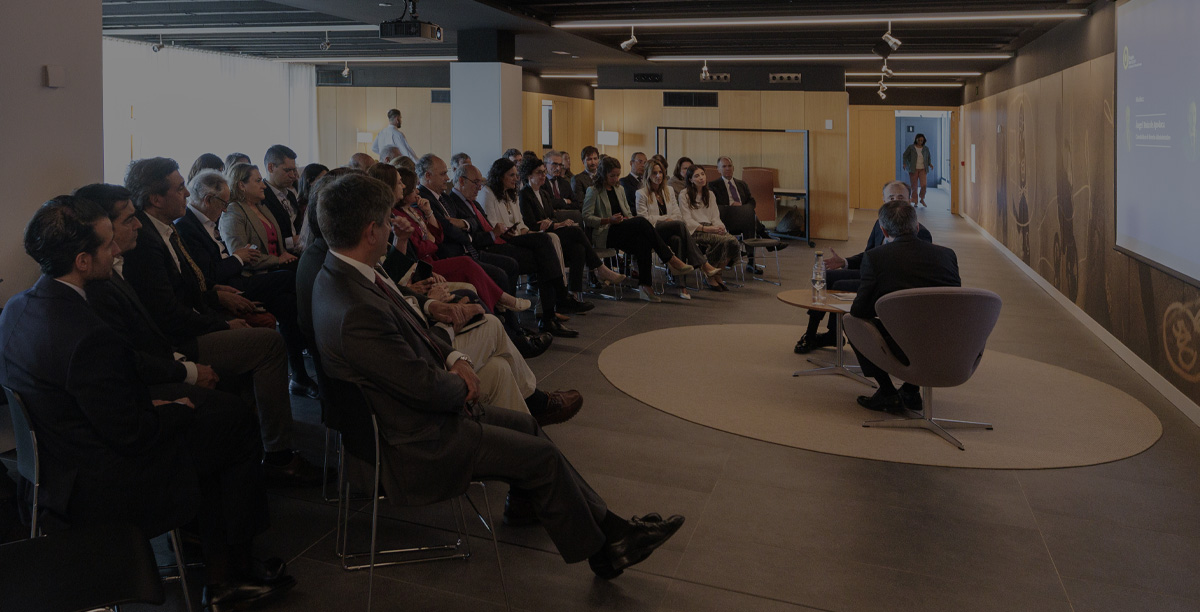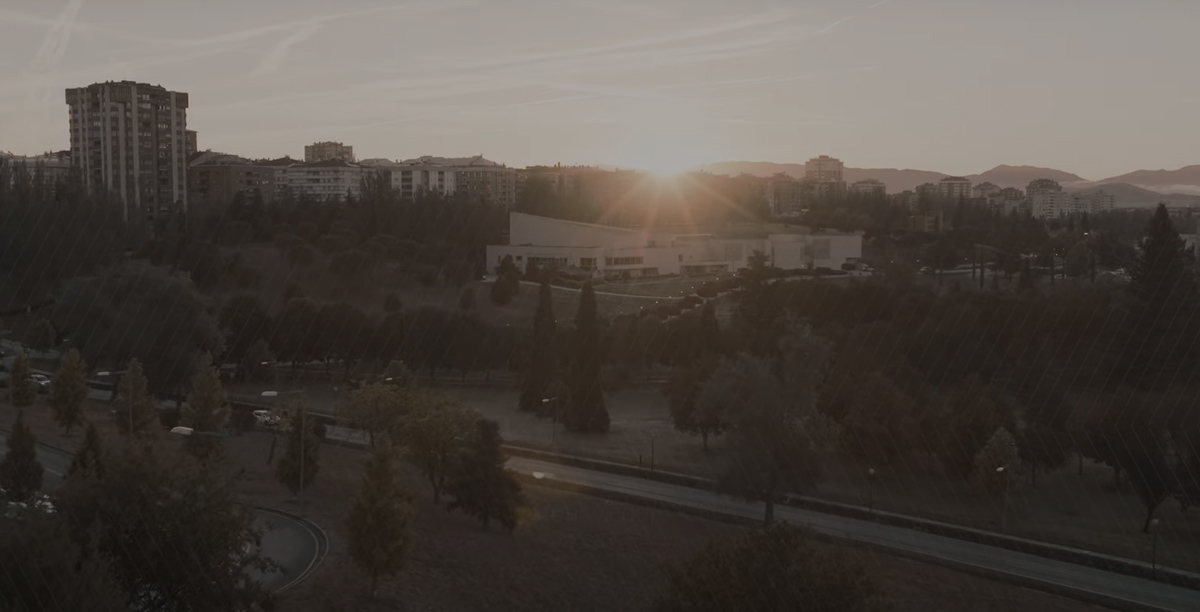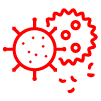Nuestra investigación. Universidad de Navarra
En la Universidad de Navarra, nuestra investigación pretende ofrecer respuestas a los desafíos actuales en cuestiones de salud, necesidades sociales, ambientales y económicas. Ponemos a las personas y al entorno en el corazón de nuestras iniciativas. Trabajamos en equipos multidisciplinares y colaboramos estrechamente con otros centros para promover la transferencia de conocimiento y la innovación en beneficio de la sociedad.
 PALOMA GRAU
PALOMA GRAU
Vicerrectora de Investigación y Sostenibilidad

19|12|2025
La investigadora Anna Dulska impulsa las primeras Jornadas Europeas de Patrimonio en Sijena
El encuentro, celebrado los días 7 y 8 de noviembre, en el Real Monasterio de Santa María de Sijena (Huesca), registró aforo completo e
Leer más
19|12|2025
Un workshop aborda los retos de formar una familia en el siglo XXI
Investigadores de Hungría y de la Universidad han expuesto datos sobre la percepción de los jóvenes del matrimonio y la familia
Leer más
19|12|2025
Dos investigadores del ICS realizan estancias en las universidades portuguesas de Braga y Coimbra
María Ángeles Cueli trabajó en su tesis doctoral en la Escuela de Psicología de la Universidade do Minho y Juan Pablo Domínguez investi
Leer más
FORESTCHAR
Biocarbón de residuos forestales para economía circular
PLEXUS
Divulgación de la lógica filosófica
BIOMA: Instituto de investigación en Biodiversidad y Medioambiente
+
La misión del Instituto de Biodiversidad y Medioambiente es abordar cuestiones clave sobre la naturaleza y el futuro del planeta bajo un enfoque multidisciplinar, constituyendo un punto de encuentro entre la investigación universitaria y la administración, las empresas y la sociedad.
+
DATAI: Instituto de Ciencia de los Datos e Inteligencia Artificial
+
Aglutina las líneas de investigación en ciencia de los datos e IA de los distintos centros de la Universidad. Al mismo tiempo busca la innovación y transferencia de conocimientos al ámbito industrial, empresarial y social, con una fuerte implicación en la formación de investigadores, estudiantes y profesionales.
+
Cancer Center Clínica Universidad de Navarra
+
Realiza una intensa actividad de innovación en la prevención, diagnóstico y tratamiento del cáncer, sustentada en sólidos equipos multidisciplinares que desarrollan investigación de vanguardia, ensayos clínicos y tratamientos basados en la última tecnología y evidencia disponible. Integra la capacitación y formación de profesionales de la salud y de investigadores biomédicos.
+
Centro Tecnológico CEIT
Centro de investigación vinculado a la Universidad de Navarra. Su tarea principal es llevar a cabo proyectos industriales de investigación aplicada y de desarrollo tecnológico, en colaboración con los departamentos de I+D de empresas de diversos sectores (ferroviario, aeronáutico, automoción, salud, fabricación, energía o medio ambiente).
+
Centro de Investigación Médica Aplicada (CIMA)
+
Centro de investigación vinculado a la Universidad de Navarra. Su investigación se apoya en un conocimiento biológico novedoso, cuyo fin es encontrar soluciones terapéuticas a las necesidades de los pacientes. Por esto, el Cima y la Clínica comparten un proyecto en común: poner al paciente en el centro de la investigación.
+
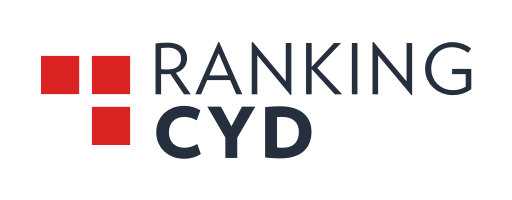
FUNDACIÓN CYD 2024
La Universidad está en el Top 3. en investigación y en Transf. de conocimiento, en comparación con otras universidades españolas.

Times Higher Education 2025
La Universidad de Navarra es la primera de España en transferencia de conocimiento por obtener la mejor puntuación del país en el pilar de "colaboración con la industria" (Industry) y la tercera por su calidad investigadora (Research Quality)
PORTAL CIENTIFICO
La investigación en cifras

2.235
Investigadores
150
Grupos
1.740
Financiaciones
60.144
Publicaciones
5.800
Tesis
24.852
Acceso abierto
La obtención del sello HR Excellence in Research el pasado 14 de septiembre de 2020 acredita a la Universidad de Navarra como entidad comprometida con la calidad en la gestión de los recursos humanos en investigación.
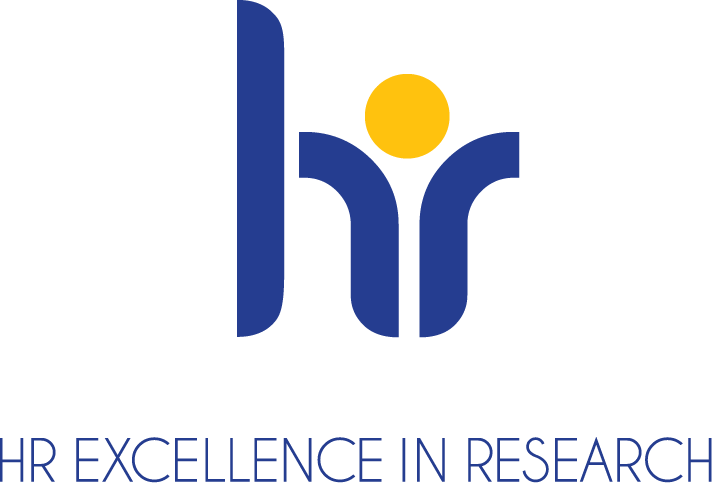
La Universidad de Navarra es una institución que desde sus orígenes ha estado siempre comprometida con la investigación, tanto en áreas científicas como humanísticas.
El compromiso continuo con la investigación y el afán de mejora a todos los niveles le ha llevado recientemente a sumarse a las iniciativas europeas denominadas "Carta Europea del Investigador" y "Código de Conducta para la contratación de investigadores”.
Siguiendo las recomendaciones de la Comisión Europea, la Universidad creó a mediados de 2016 un grupo de trabajo conprofesionales de diferentes áreas y responsabilidades dentro de la investigación. Su trabajo en una primera fase ha consistido en el análisis interno en base a los principios establecidos tanto en la Carta Europea como en el Código de Conducta, elaborando un diagnóstico y definiendo un plan de acción que próximamente serán publicados.
La Universidad de Navarra ha decidido sumarse a estas iniciativas mediante la carta de adhesión convencida de que su capital humano es su valor más importante, y de que el éxito depende en gran medida de la satisfacción profesional y personal de nuestros investigadores, profesores y personal de soporte.
-
Rectora: María Iraburu Elizalde
-
Vicerrectora de Investigación y Sostenibilidad: Paloma Grau
-
Vicerrectora de Estudiantes: Rosalía Baena
-
Vicerrector de Profesorado: Pablo Sánchez-Ostiz
-
Vicerrector de Comunicación y Desarrollo: Gonzalo Robles
-
Director del Servicio de Gestión de Investigación: Javier Mata
-
Directora de Recursos Humanos: Belén Latasa
-
Director de I+D: Fernando de la Puente
-
Subdirectora de oficina proyectos internacionales: Cristina Patsouris
-
Responsable de Recursos Humanos Investigación: Pablo Goñi
-
Directora de Secretaría Técnica de Investigación: Pilar Recalde
-
Subdirector de Valorización y Transferencia: Xavier Tapias
-
Subdirectora de Relaciones Laborales: Elena Unzué
-
Unidad de Garantía de Calidad: Olga Ezpeleta
-
Comité de Ética: Ángela Sáenz
DOCUMENTOS DE INTERÉS
- Manual de acogida para investigadores
- Checklist para la solicitud para personal extranjero comunitario
- Checklist para la solicitud para personal extranjero no comunitario
- Action Plan
- Gap Analysis
- Interim Assessment
- Código de buenas prácticas en investigación
- Principios de selección y contratación de personal investigador
- Guía de buenas prácticas para personas entrevistadoras


